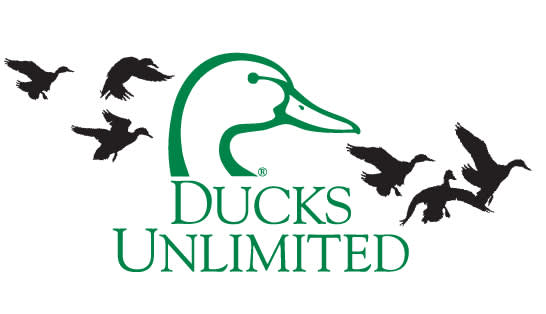Waterfowl, Hunters to Benefit from Nearly $30 Million Federal Investment
Ducks Unlimited 09.13.12

Secretary of the Interior Ken Salazar and U.S. Fish and Wildlife Service Director Dan Ashe yesterday announced a landmark investment of nearly $30 million in the future of wetlands, waterfowl and public waterfowl hunting across the country through expanded refuges and hunting programs.
Breaking down the total, nearly $11 million in revenue from the Migratory Bird Conservation Fund will add more than 10,000 wetland acres to seven units in theNational Wildlife Refuge System, and an additional $18.4 million in federal funding will conserve more than 95,000 acres of wetlands and associated habitat under the North American Wetlands Conservation Act. Expanded hunting activities will also be added on 16 national wildlife refuges in 14 states, including several new and enhanced migratory bird hunting opportunities.
“These improvements to the National Wildlife Refuge System are essential to the future of waterfowl and waterfowling, and the thanks go in large part to the very Americans who stand to benefit most—hunters. In buying their duck stamps year after year, these dedicated outdoorsmen are ensuring a future for wetlands conservation and enjoyment of these refuges for generations to come,” said Ducks Unlimited CEO Dale Hall. “Along with additional areas to hunt come a host of other outdoor recreation opportunities for all ages inside our nation’s refuges, as well as the lasting benefits of conserving wetland acres—flood storage, improved water quality and storm protection.”
The expanded refuge hunting is intended to fulfill theNational Wildlife Refuge System Improvement Act of 1997, which helped establish public hunting opportunities on more than 300 national wildlife refuges nationwide, as well as fishing opportunities on more than 270.
“By expanding hunting in our National Wildlife Refuge System, we are supporting a heritage that has been handed down from generations and helping to achieve the goal of President Obama’s America’s Great Outdoors initiative to connect Americans to the natural world through outdoor recreation,” said Secretary of the Interior Ken Salazar. “Hunters have been a mainstay of conservation in America for more than 100 years, and expanding hunting opportunities helps ensure that we will have the resources to care for our wildlife and its habitat in the future.”
The refuges gaining new or broader areas for migratory bird hunting under this expansion include Big Muddy National Fish and Wildlife Refuge inMissouri, Bond Swamp National Wildlife Refuge (NWR) in Georgia, Chickasaw and Lower Hatchie NWRs in Tennessee, Saddle Mountain (Hanford Reach) NWR in Washington, Julia Butler Hanson Refuge for the Columbian White-Tailed Deer inOregon, Minnesota Valley NWR in Minnesota, Red Rock Lakes NWR in Montana and Upper Ouachita NWR in Louisiana.
As waterfowl hunters gear up for opening day this fall, the Ducks Unlimited Migration Map will offer an up-to-date, convenient source of information on national wildlife refuges for waterfowling and other outdoor recreation. To find a local NWR, visit ducks.org/migrationmapand click on “National Wildlife Refuges” in the map toolbox on the left side of the page. Small Canada goose icons represent the locations of all NWRs and “learn more” links provide an expanded look at public hunting, fishing and other recreation opportunities at each refuge.

